Sound art
Jeff's art installations and sound sculptures
I’ve been involved in many different music projects and sound art projects. Some of them are detailed on this page.
TRANSFORMATION AND MEMORY - ENDANGERED SPACES (July 2010)
Evergreen Cultural Centre, Coquitlam, BC
Sound installation, in collaboration with Doris Auxier and Suzanne Northcott, reflecting on the Langley Bog and Colony Farm in Coquitlam.

CEREMONIAL CLEANSE (June 2010)
Sound Sculpture, Royal Holloway, University of London, Egham, England
A sculptural installation that alters both the auditory and visual space of its surroundings. Conceptually, the installation explores water and ritual, drawing inspiration from ritual elements of the Olympic games and the ritualized usage of water in the suikinkutsu(Japanese water harp) and tea ceremony. Commissioned by ‘Creative Campus Initiatives’, part of the 2012 London cultural Olympiad. Video of sculture below:
‘Ceremonial Cleanse’ utilizes the simple drip of water to explore ideas of water and the Olympic games in several ways. There were many ideas that I was exploring as I was working on this piece. Some of them may be more obvious than others when interacting with the piece, but all of them contributed to my conception of the piece.
- Ritual: The suikinkutsu was developed in the Edo period as a sound accompaniment to the ritual cleansing of the Japanese tea ceremony. Like the tea ceremony, the Olympics are framed by ritualized ceremonial elements. Each event and the games as a whole have ceremonies. Since the sculpture does not sound unless interacted with, the physical process of gathering and pouring water can be considered a ritualized process as well.
- Water sounds: At many points in music history sounds of water are imitated or used as inspiration in composition. In the mid-twentieth century, the sounds of actual water made their way into music, mostly through electronic media. In this piece I have only altered the small sounds of water by physical means. It is my most low-tech piece thus far.
- Acoustic ecology: The question that motivates much of my artistic and research work is how music and sounds alter the ways that people interact. In my work, I ask the reader/viewer/listener to consider the sounds around us and how those sounds and our concepts of them help or hinder social relationships. For me, the interest in Ceremonial Cleanse is not just in the sounds of the piece, but in the way it asks the viewer to attune her listening. In listening to the sculpture, viewers will also hear other sounds from other people, nature, and industry. The Olympics as an event alter interactions and the ways people think about places and people. Like sounds, this can have positive and negative results.
- Performance and Participation: One of the justifications for the Olympics is the inspiration it provides others to live active lifestyles. The Olympics are thus one big performance, experienced through single events and broadcast throughout the world, and participatory. People are asked to both respond to the Olympics and participate as viewers. Likewise, Ceremonial Cleanse demands its viewers be participants. Viewers must gather water from the stream and pour it onto the rocks. To hear the sound loudest they must bend down.
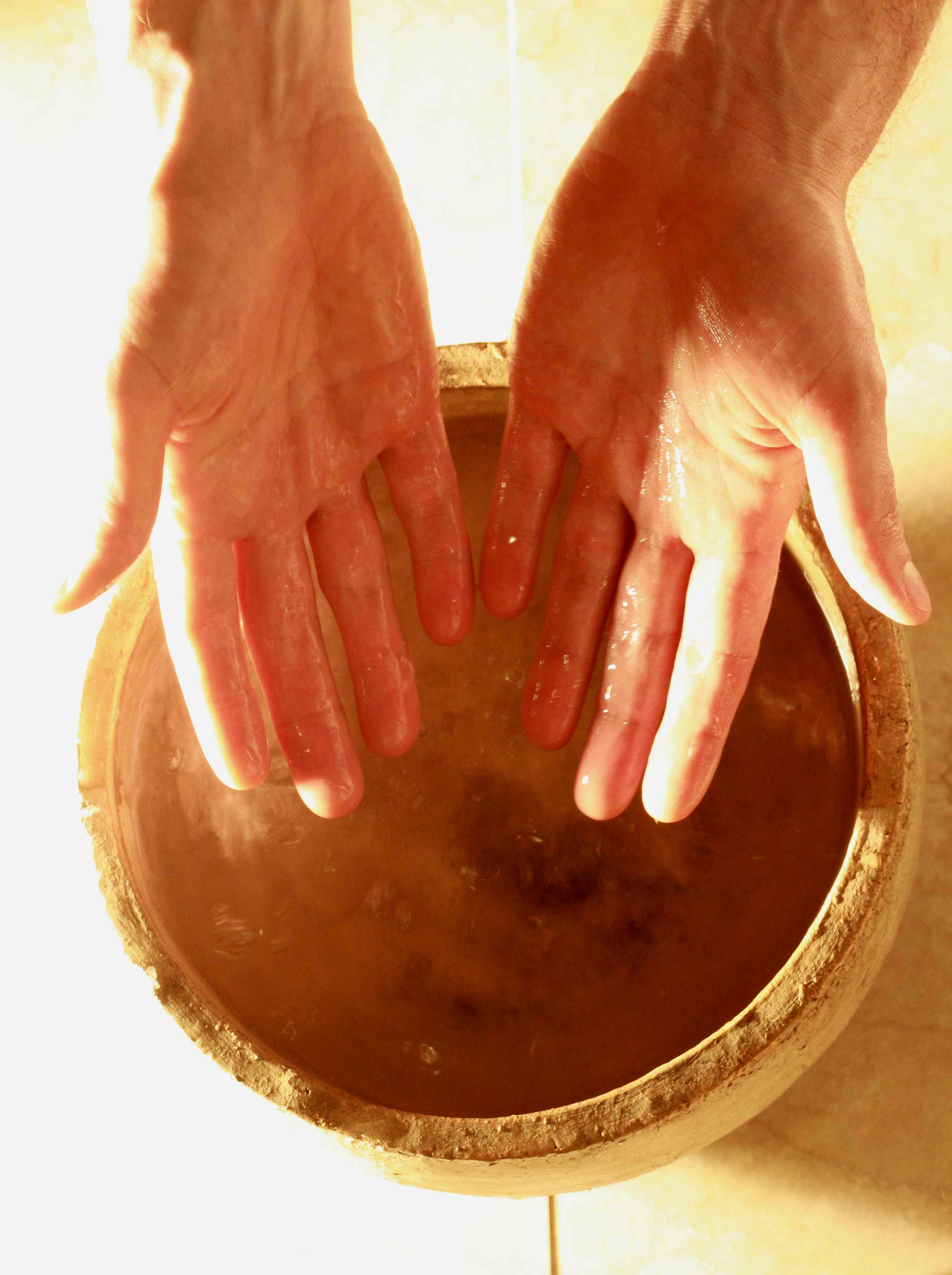
BOG:TRANSFORMATION AND MEMORY (August 2009)
Acousmatic Soundscape, 15’34”; Eight Photographs, Fort Gallery, Fort Langley, BC
Collaborative installation with Doris Auxier and Suzanne Northcott on the topic of the Langley Bog. Here is an article about the show
My original artist statement
Working on this sound installation provided me an opportunity to explore some concepts and compositional techniques that I have been thinking, researching and writing about for several years. Like most of my soundscapes, it does not made up of solely source material (in this case, on site recording at the bog), but is influenced by that source material in ways that evoke elements of the subject of the work. Below are some notes about some of the concepts that I was considering during the creative process. Please do not consider this as the way the piece ‘should’ be experienced, for in a collaborative show the real interest is in the manner the work of three artists interact, shedding new light on each other’s work.
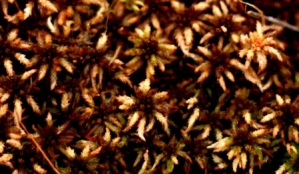
Movement I: Memory
My first serious consideration of bogs was in my visit to the National Museum of Ireland where there was an exhibit of ‘bog bodies’, remarkably preserved remains of people over 2000 years old. I was astounded at the ability of the bog to preserve these remains and the ancient nature of the bog itself. For this movement I chose to use a Gaelic melody, first playing it directly and then improvising on it, both preserving and transforming the melody as the bog is able to do with bodies and other things. Accompanying is a drone, which is not uncommon to Gaelic music and is a sound prevalent in the Langley Bog in airplane traffic, wind, and insects. My thought was to link the Langley Bog with other bogs and try to show their age. Water provides the transition between movements, as water is a constant in the life of a bog.
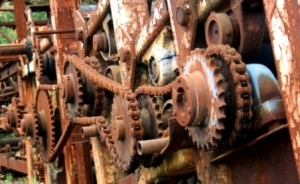
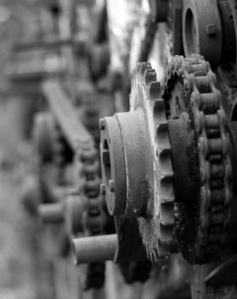
Movement II: Transformation
The period of peat mining was transformative to the Langley Bog. In this movement drones remain, but are different, having sources in metal and airplane traffic rather than the wood of the bass in movement one. I was interested in the mining of the layers of the bog without using machine sounds. Borrowing techniques from Steve Reich and others, each voice adds to itself before other layers are added. The additive and layering processes retain the same material but transform the overall sound, in a similar manner to the ways mining transformed the bog.
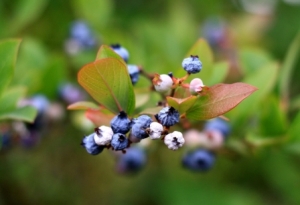
Movement III: Preservation
Preservation is also a transformation through an application of values. The Langley Bog, for example, used to be valued for peat, and is now valued as a site to be preserved. Yet while the bog is not being developed or mined, it is not being protected completely. Sounds of trains and airplanes fill the bog and alter it. Sounds from source recordings are highlighted in this movement. Groups such as the ‘Acoustic Ecology Institute’ reveal the impact human created sounds have on species and spaces. Research by scientists and musicologists has revealed the impact introducing new sounds to an area has on humans and animals. In the same way, consider how the sounds of your own footsteps and the traffic outside the gallery become part of the art experience.
BIRDSCAPES (October 2008)
Fort Gallery, Fort Langley, BC
BIRDSCAPES is a collaboration between painter Doris Auxier, composer Jeff Warren, and mask maker Claire Goodfellow. The show explores the uncertain margin between birds and humans, and the use of birds as surrogate to explore what is human.
(IM)BALANCE (2005-2006)
Installed May 5-6, 2006 as part of the Verge Arts Series conference
An interdisciplinary collaborative artistic installation with Erica Grimm-Vance, David Squires, and Steve Stasson. Explores issues of embodiment and liminality. I created an interactive triggered soundscape for the work, programmed through MAX/MSP.
UNTITLED (October 2004)
Sound Installation for Four Speakers, 12’43”
Four channel audio recording exploring ideas of “in-between” that changes slightly each time it is played. It was installed in a very large space at “Il y a: There is Nature” arts show, Township of Langley Building.